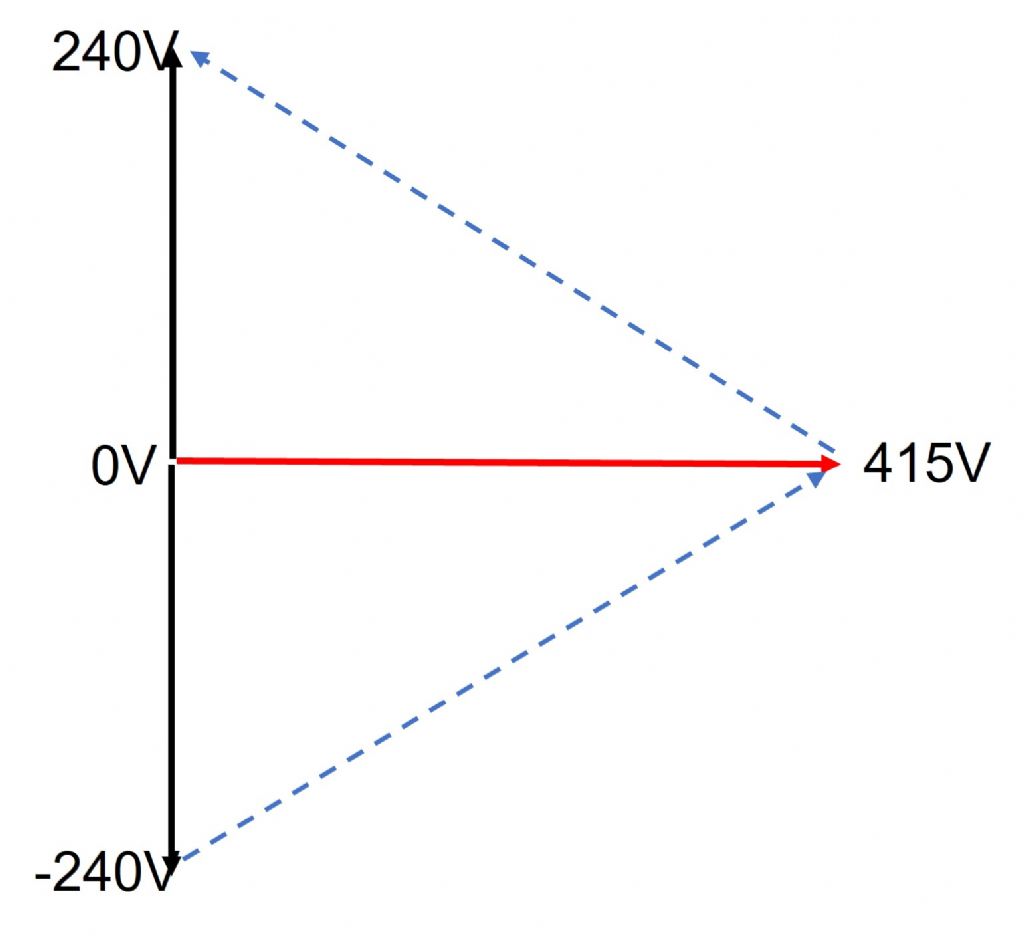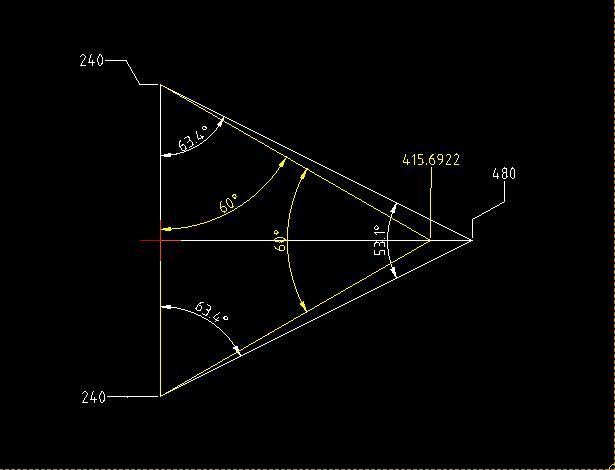Posted by Stuart Smith 5 on 20/07/2021 22:10:13:
Robert
As someone who worked as an electrical power engineer for my local DNO ( or electricity board as it used to be), I would suggest you check with SSE to see what load and motor starting currents you can take from your existing supply. As per my post in your previous thread on buying a lathe:
”Robert
Although the fuse carriers on your main DNO fuses may be labelled as 100A , you would be advised to check what current you can actually take from the network. I used to work at Electricity North West and the maximum supply capacity there was specified as 20kVA for a single phase supply ( ie 80A). The other issue may be that the rating of the pole mounted transformer may be a limiting factor. Also there are limits on voltage fluctuations caused by motor starting currents or welders (see ENA ER P28).
Stuart”
Regarding the ‘Phase Perfect’ – it seems to be anything but perfect.
It is clear from this diagram that the two existing phases are used as they are and the third phase is generated electronically. So the two phases will be 180 degrees apart and presumably the extra phase will be 90 degrees from them. The phase to phase voltages will be as per the supply (ie somewhere in the 450 to 500 volt range depending on the loads on the network etc)
Stuart
Hi Stuart,
Thanks for the reply,
Ive spoken to them and they said max 48kva, 75kva transformer on the pole.
They also said the cable they installed to my premesis is big enough they could double it to 100kva split phase. (with a transformer upgrade)
The equipment im looking at, the only big motor is the press brake, but its a soft start servo motor so that shouldnt be an issue either as far as start surge goes.
The phase perfect, that bit you said about 180 degrees is exactly what i thought. Looking at forums, it seems to not be correct. Found a video online showing an oscilloscope monitoring one under several load conditions and the phases being perfectly balanced.
The 480v output seems to be the only issue and the lack of Neutral. So i have got a couple of quotes for a delta to star isolation transformer to step down the voltage and give me a neutral. By the sounds of it it will work.
Again regarding the 180 degrees apart bit i saw an analogy which someone wrote under the video of the PP sine wave monitoring.
They said something along the lines of this.
If you put 3 stakes in the ground as an equilateral triangle, if you stand between two posts they are 180 apart and the other is at 90, if you stand next to a single post the otber two are at 60, and in the middle they are all at 120. Said he was an electrical engineer and had a PP system running all kinds a stuff from a cnc lathe to other things. Not sure if what he said is right, but it makes sense in simple terms. If i were to use a rotary converter i would still be putting the two 240 legs in and making the 3rd, so its just a digitally balanced version of the same is it not?
David Riley.







